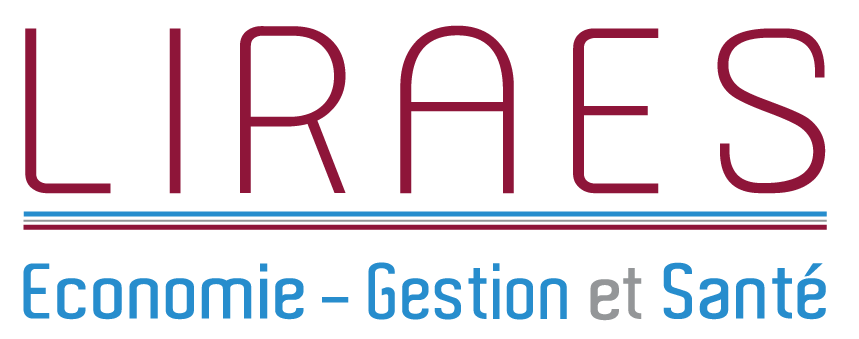Auteurs : Bell-Aldeghi Rosalind
Abstract: As health expenditure and need for corresponding funding rises, resorting to topping up insurance can seem natural. Complementary and supplementary insurances are both topping up contracts and, as such, are treated as one in the theoretical literature on optimal insurance. We argue that distinguishing them is crucial, and should be considered carefully when defining policies impacting the structure of the health insurance system, as these two kinds of insurance can have opposite effects on social insurance coverage.
In this model, the optimal social insurance rate is defined endogenously and varies according to redistribution and the ex-post moral hazard characteristics of the insurance. This game has three stages and is solved through backward induction. The optimal social insurance rate is chosen first, by maximising social welfare. Second, individuals choose their private complementary and supplementary contracts. In the third stage they decide on their level of labour and consumption of health and other goods.
Results indicate that whereas the presence of complementary insurance decreases the optimal size of social insurance, the offset effects of supplementary insurance can improve welfare.
Keywords
Social insurance; health insurance; ex-post moral hazard; topping up; redistribution
Classification JEL
D82; I13; I18
